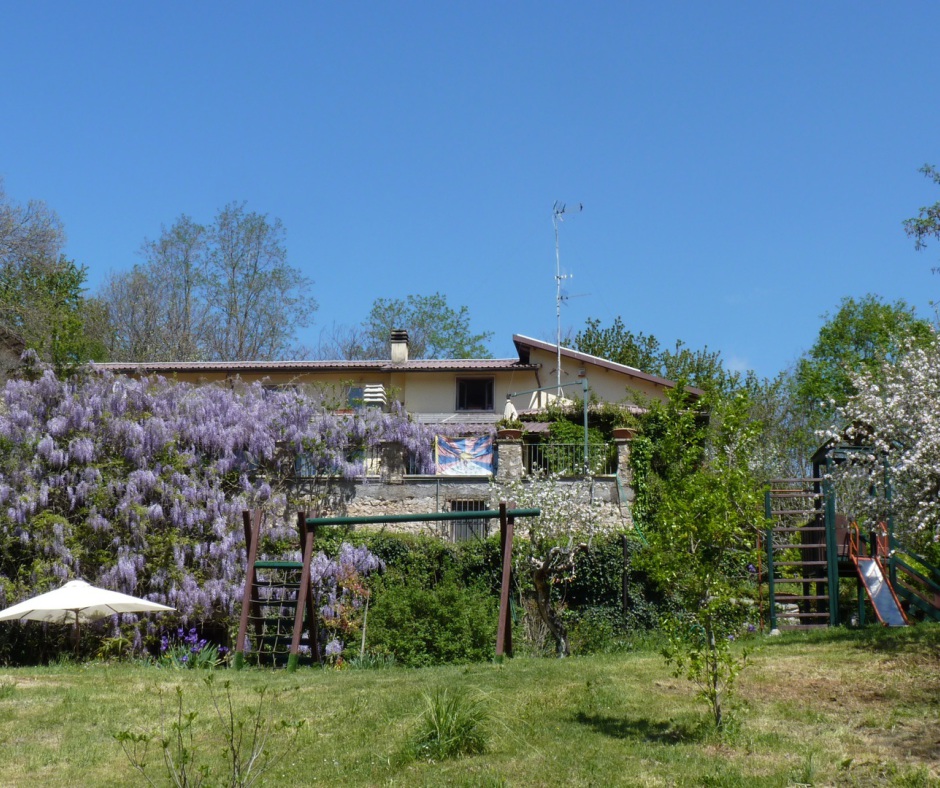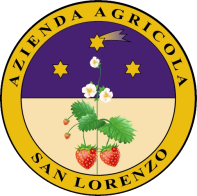What to do
By a pleasant trip, by foot or by bicycle, one may get to downtown Fiuggi, with its cosy middle age core.
Guests may well enjoy the facilities of the Fiuggi Termal Resort (the water, the golf corse, among the first ones in Europe, the sporting center, the green and the quiet of the parks).
There are many offers for walking and trekking, from Europe n.1 path to the Popes’ path along the old “via Francigena”, from the bike route Fiuggi – Paliano to the Lake of Acuto, from the wild area
of Canterno lake to the ruins of Porcino castle, Those who like skiing may enjoy the resorts of Campocatino and Campo Staffi. In the neighborhoods of Fiuggi there are many towns worth to be
visited for their historical and artistical relevance: Anagni, Alatri and the other towns founded (according to the myth) by Saturn: Veroli, Ferentino, Fumone with its castle. Not to say of the
Abbeys of Subiaco, Trisulti, Casamari, Cassino.
The Azienda is ready to guide its guests and visit the historical and artistical sites in Rome.
THE CIOCIARIA
Some historical hints on Ciociaria
Modern Ciociaria may be said to directly descend from “Latium adjectum”,a wide valley crossed by the” viae” Latina and Labicana (merging at Anagni in the “via” Casilina) and by the river Sacco,
which from Rome reaches the river Liri. A valley which happens to be very fertile in wide parts, and was used to be the main connection for cultural and commercial exchanges between Etruria, Rome and
Sannio on one side and Campania, Greece and the East on the other. Ernicians and Volscians fiercely fought for it, till at the end of IV century a.C. the supremacy of Rome prevailed.
After Constantine, southern Latium was divided in Campagna, the hinterland, and Marittima, the coastal side reaching as far as Terracina.
A visit to Ciociaria can largely meet various needs, with its archaeological parks, its Middle Age downtowns, its majestic churches and Abbeys, its tourist and sporting structures The peculiar
feature of pre-Roman Ciociaria are the towns located on acropolis and surrounded by polygonal walls. They are known as towns of Cyclops, or said to be built by the god Saturn after his fall
from Olympus.
Archaeological evidences - Lakes, rivers, caves - Sport and thermae - The typical products Read more about Ciociaria...
Links:
ALATRI
The acropolis of Alatri still keeps one of the most imposing surrounding walls (IV century a.C.), with the “Porta Maggiore”, surmounted by a huge monolithic architrave, and “Porta Minore”, where three phallies are carved as fertility symbols. On the acropolis esplanade, the Bishop’s seat and St. Paul’s Cathedral today stand. The Civic Museum is arranged in the ancient Gottifredo Palace. The church of Santa Maria Maggiore, with its nice façade, the big rosone and the beautiful bell tower, features the double romanic and gothic styles, and includes worthy Middle Age masterpieces.
ANAGNI
As the old capital of the Ernician League, Anagni always played a relevant political and religious role. Its belt of polygonal walls was widened at Roman times with the Arcazzi hemicycle. The most peculiar feature of Anagni, the town where four popes were born, is its Middle Age downtown: the superb Cathedral of Santa Maria with the frescoes of the crypt considered as one of the most important Middle Age painting cycles, the XIII century Papal Palace, the daring architecture of the Reason Hall in the Town Hall Palace. The church of St. Andrew, the Barnekow House, the church of St. Peter in Vineis are also to be admired.
ARPINO
On the top of Arpino we find one of the most striking pre-Roman monuments: the pointed arch, an opening in the polygonal walls made of a series of huge blocks joined without cement mortar. According to a very old legend, this is the place Saturn, the god of agriculture, chose to live in. And here Marco Tullio Cicerone was born, as well as the painter Giuseppe Cesari, better known as the “Cavalier d’Arpino”. We should also mention the castle of Ladislao Durazzo, the Boncompagni palace with the Centre entitled to Umberto Mastroianni, the church of St. Michel.
ATINA
This is an important administration centre of Comino Valley, surrounded by polygonal walls. Atina enjoys an imposing Duke Castle, where one admires a large roman mosaic (II century d.C.). Behind the castle there is the parish church devoted to the Virgin Assumption, with the stories of St. Mark, the town’s patron saint.
CASSINO
At an altitude of 500 m, above the ancient town of Casinum, on the remains of old Volscian and roman temples, St. Benedict from Norcia in 529 built a small oratory, which was to become one of the greatest centres for the diffusion of culture in the western world. In the monastery’s library is kept the “placito cassinese”, the first legal document written in vulgar Italian. Notwithstanding the four undergone destructions (the last one due to the bombing during the second world war), Montecassino is still “where it was, as it was”. One should visit the three Renaissance cloisters, the Crypt with the mortal remains of St. Benedict and of his sister St. Scolastica, the Museum.
FERENTINO
Among the ciociarian towns, Ferentino enjoys the largest number of roman monuments and epigraphs. The polygonal walls, in which the “Porta Sanguinaria” opens, include the terracing of the Acropolis, where a Roman Cryptoporticus stands (better known as the prison of St. Ambrogio). The two biggest churches of the town, the Romanesque Cathedral of St. John (with a mosaic floor of the Cosmas, and a Paschal Candle and Bishop’s Chair by Vassalletto) and the Gothic-Cistercian church of St. Maria Maggiore (built as a food grange of the Abbey of Casamari) stand out for their beauty.
FUMONE
When you enter this village-castle built over an unconquerable site, you feel as if time went back to Middle Age. At those times Fumone, by its smoke signals, was able to alert Rome and Campagna about possible enemies’ incursions: “when Fumone smokes, the whole Campagna is frightened”. In the castle pope Celestine V was jailed, and then killed, by the following pope Boniface VIII. The hanging garden is the largest in Europe.
TRISULTI
The Charterhouse of Trisulti is a splendid monastic complex, at first benedectine, then ruled by carthusian monks (XIII century) and finally (after the second world war) by cisternian monks. It is set in one of the most breath-taking landscapes in Ciociaria. In the main monastery square we find the Middle Age façade of the palace of pope Innocent the third, and the neoclassic one of the church devoted to Virgin Assumption, St. Bartholomew and St. Bruno. The fame of the monastery is also due to the beautiful pharmacy, frescoed with Pompey’s themes and decorated by artistic glass-cases.
VEROLI
In the upper part of Veroli there is the Rock of St. Leucio, surrounded by polygonal walls to which walls and towers were added in Middle Age to reinforce this ancient fortress of Ernicians. After having becomed a faithful ally of Rome, Veroli was granted the honour of sharing the same Roman feasts as witnessed by the “Fasti Verulani”, a fragment of a marble calendar of the I century d.C. The ancient church of St. Leucio (XI century),with its reduced size and the simplicity of the style, is one of the treasures of this town, full of history, art and culture. Other masterpieces are the City Hall, the St. Andrew Cathedral, and the basilica of St. Salome, mother of the Apostles James and John, town’s patron saint, who brought to Veroli a fragment of the Holy Cross now walled up in the Holy Stairs in Rome.
Within the territory of Veroli the Abbey of Casamari majestically rises on the remains of the roman “municipium” of
Cereatae Marianae, the birthplace of Caius Marius. After a first settlement of benedictine monks, in XIII century the Abbey was entrusted to the Cistercians, followers of the preaching of St.
Bernard, who built a big but simple church in gothic-cistercian style. The Abbey complex includes the Cloister, the Chapter Hall, the Refectory, the Library, the Museum and the Painting Gallery.












